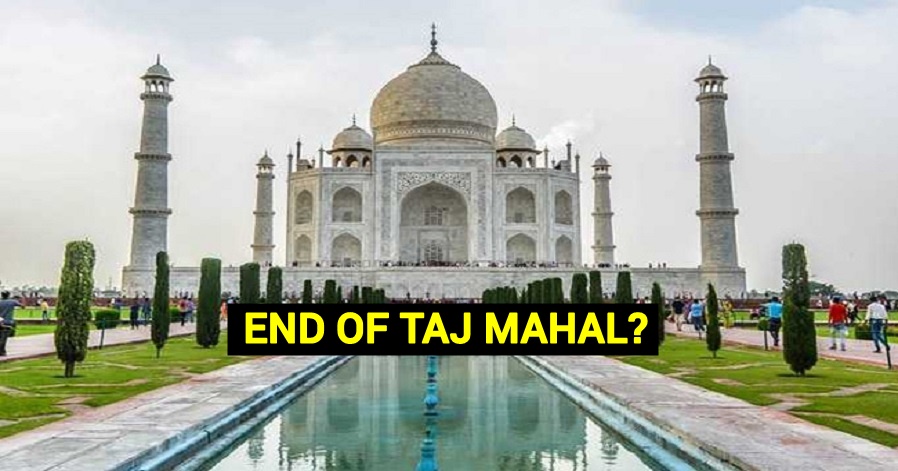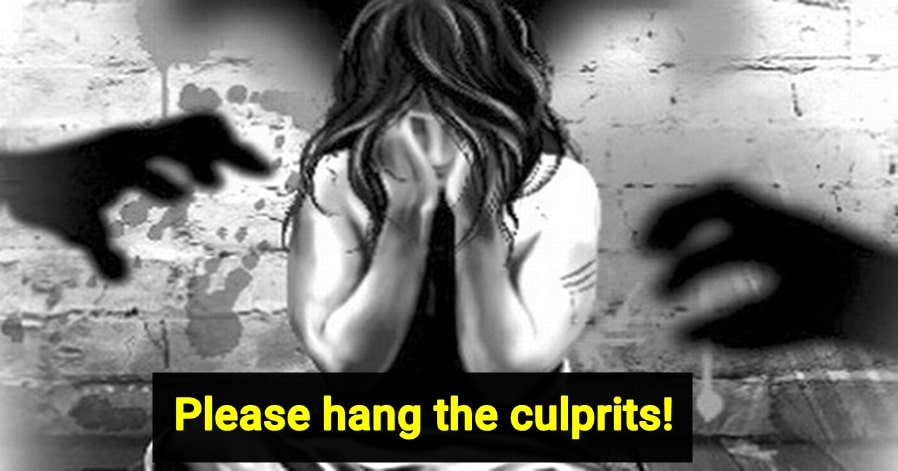Marichjhapi massacre of West Bengal, when Communist Govt butchered uncounted Dalits in Sundarbans
It was a Jallianwala Bagh-like situation. In 1978, when around 1.5 lakh Hindu refugees came to India from Bangladesh and settled in an island at Sundarbans, Marichjhapi, little did they know that by May 1979, the island will be cleared by the West Bengal government. On 31 January, when the islanders protested, they were fired at.
This went on for days. Many say 5,000 to 10,000 people, including children, were killed. Jyoti Basu’s information minister at the time, Buddhadeb Bhattacharjee, announced that the island had been cleared of ‘illegal occupants’.
It was one of the worst massacres independent India had witnessed. But it was buried successfully by the Left government. Forty years later, the wounds of the Marichjhapi Bengali refugees, most of whom were Dalits, appear to be weighing heavy on the Lok Sabha elections in West Bengal this year.
Marichjhapi is now becoming a symbol of all that is wrong with the Left politics, especially their politics towards the most marginalised people. To date, the citizenship issue of refugees, including those who survived Marichjhapi, is still pending, even under the Mamata Banerjee-led TMC rule.
When the BJP promised that all Hindu migrants from Pakistan, Bangladesh and Afghanistan will be given Indian citizenship, and got the Citizenship (Amendment) Bill, 2016 passed in the Lok Sabha, it raised the hope of the Bengali migrants. Their second and third generations are still waiting for a postal address to call their own.
What happened at Marichjhapi?
It is said that the Royal Bengal Tigers of the Sundarbans became maneaters after they feasted on the bodies of the people killed at Marichjhapi. But India has long forgotten the story of the island.
After Partition, several Dalit and lower caste Hindus decided to stay back in then East Pakistan (now Bangladesh). They thought their socio-economic plight was no better than the Muslims. But soon they were persecuted even by the Muslims. This led to the second wave of migration into India.
Most of them were settled by the government in arid and inhospitable areas like the Dandakaranya — a terrain that encompasses Chhattisgarh, Odisha and Madhya Pradesh.
The Left was not in power in West Bengal at the time, but several Left leaders, like Ram Chatterjee, reached out to the migrants and promised them a home back in Bengal when they came to power.
After the Left Front came to power in West Bengal, slowly, many families started migrating back to Bengal and settled in places like Marichjhapi.
Marichjhapi prospered. Schools, hospitals, shops were built. Many residents were involved in pisciculture. But for the Left government, the Dalit refugees became a liability. The government used the excuse of protecting Sundarbans’ biodiversity to wreak havoc on the namasudras or the Bengali Dalits on the island.
An economic blockade and press blackout followed. Survivors say the only tube well on the island was poisoned, boats carrying food and medicine were destroyed, huts were set on fire and women raped. In a matter of days, the island was ‘cleared’.








